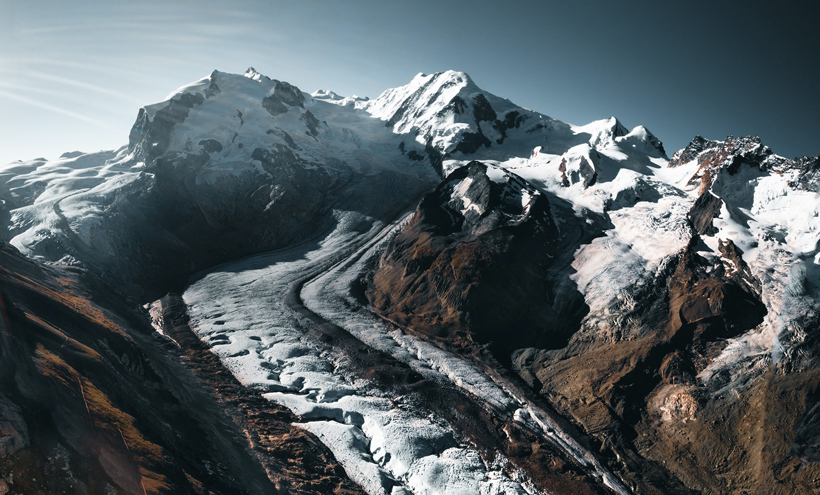


WHAT IS HAPPENING TO OUR MOUNTAINS?
There are 8.5 billion people on this planet. We currently consume 74% more than our ecosystems can regenerate: That’s 1.74 “Earths” every year. And the alpine world is particularly affected by climate change. Here, temperatures increase twice as fast as the global average. So if we do not manage to achieve the 2°C set out in international climate policy, the alpine world will continue to undergo rapid change.
CARBON BUDGET
The clock is ticking. And it’s ticking loudly! In 2021, the International Panel on Climate Change (IPCC) provided relatively concrete calculations for our remaining carbon budget. If we wish to limit global warming to 1.5°C, we need to act quickly. The Mercator Institute’s carbon clock shows how much time we have left and how much carbon dioxide can be released into the atmosphere to limit global warming to a maximum of 1.5°C and 2°C. How much time do you think we have left? You can find out here.
By the way... Across the globe, the year 2020 was one of the warmest years on record and ended the hottest decade since weather records began. The decade was on average 1.1°C warmer worldwide, and 1.6°C warmer in Europe.
GLACIAL RECESSION
The graphic shows the glacial recession area in the Alps up to the year 2100, taking various temperature scenarios into account – we risk losing over 80% of the global glacier mass by then. We have already lost 60% of the world’s glacier volume since 1850. The rate of ice loss from the world’s glaciers has doubled since 1990. What does that mean? Among other things, it means our water supply is at risk: 70% of freshwater reserves are in ice and snow. After oceans, glaciers are our largest water reservoir.
(Source: www.alpconv.org)
PERMAFROST
For decades, scientists have observed the dangerous thawing of permafrost from the Arctic to the Alps. For example, the active layer in Switzerland and other places has never been so thick, and the temperatures measured at 10 and 20m depth have never been so high. Thawing permafrost not only means that the fabric of the mountains will be compromised and become unstable. It’s more than just the threat of enormous rockfalls and landslides. It also means that carbon dioxide and methane will be released. It means that the once-frozen ground will become water-permeable, bringing a new threat of aridity. It means that whole ecosystems will be devastated.
MOUNTAIN FORESTS
Mountain forests are also massively effected by climate change, which throws the whole alpine ecosystem out of balance. Mountain forests protect us humans from natural dangers – from floods, avalanches, mudslides and erosion. They are the habitat for many species of animals and plants, some of which are endangered. And thanks to their high proportion of humus, they are important carbon stores – humus-rich soil is made up of up to 58% carbon. But over the last 30 years, the humus layer in mountain forests has decreased by 15%.









